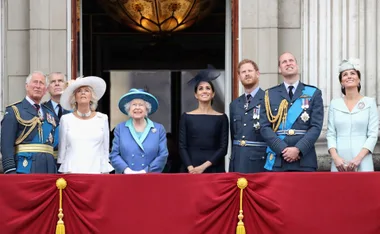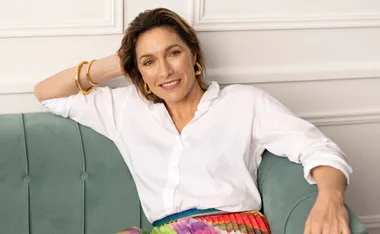Fresh juices are an excellent way of getting a concentrated shot of plant-based nutrients, including free radical-scavenging carotenes, digestive enzymes, and alkalising chlorophyll, in a readily absorbable form.
The more antioxidant-packed fruit and veg you can pack into your juicer, the lower your odds of getting many chronic diseases and the more likely you are to enjoy increased immunity, better bone health, and a slimmer waistline.
But don’t stop at tried-and-true combos like carrot and apple — you can toss just about anything into your machine, and transform your health.
In pictures: How to lose kilos without noticing
Follow the 3:1 rule: Natural health experts suggest a combination of two to three veggie sources to one fruit, to avoid possible blood sugar spikes.
See green: Strictly speaking, the avocado is a fruit, but unusually for either a vegetable or fruit, it is rich in healthy essential fatty acids and heart-healthy vitamin E. Some research suggests avocadoes suppress the secretion of insulin via a sugar called manoheptulose, which means they are very good for satisfying hunger. Combine the flesh of 1 avocado with a handful of parsley, 3-4 asparagus spears, two large oranges and a dash of lemon juice for a great cleanser and skin tonic.
Drink your salad: Despite their reputation as being full of water, cucumbers contain important minerals like calcium and zinc, while salad leaves — especially cress, endive, spinach, and lettuce — supply folate, which is believed to help reduce heart disease risk, along with antioxidants and fibre, which decrease the risk of certain cancers, notably colon cancer. Try juicing 1/2 cucumber with 100g mixed baby spinach and salad leaves and 2 large, ripe pears — add a radish, for extra snap and interest.
Pick the favourite: The Brassica vegetable family — broccoli, cabbage, cauliflower, kale, and Brussels sprouts — is the darling of nutritionists and dieticians around the world, with many lab tests and population studies showing they have cancer-fighting, antibacterial, and immune-boosting properties. Cabbage makes a surprisingly delicious juice, provided it’s paired with the right partners. Try juicing 1/2 small red cabbage with 1/2 fennel bulb, 2 apples, a celery stick, and a dash of orange juice.
Channel your inner matador Be inspired by the classic Spanish gazpacho soup and juice 100g tomatoes, 1/2 cucumber, 1/2 red capsicum, 1 celery stick, 1 shallot, and a handful of fresh coriander. Add a dash of fresh red seeded chilli and lime juice.
Simply red: Beetroot has the highest sugar content of any vegetable and makes a delicious, sweet, shocking-pink juice with a rich yet refreshing taste, especially when it’s combined with sparkly citrus and warming ginger, plus it’s an excellent source of folate, iron, and soluble fibre. Juice 2 small beetroots, 1/2 inch piece of fresh root ginger, 1 small sweet potato, 1 carrot and 1 large orange.
Do it daily: The best time to drink fresh juice is at breakfast, because it cleanses your system. No time in the mornings? Wash and prep fruit and veg the night before, and store in an airtight container in the fridge; if they’re organic, keep the skins on as they contain valuable nutrients, but if they’re not organic, peel them first.
Shopping: Find your new juicer online
Add extras: Try tossing in a spoonful of a protein source — like hemp or chia seeds, or flaked almonds or cashews — plus a dash of a powdered supergreen food, like wheatgrass, spirulina or barley grass, which all help to stimulate and detox your liver and kidneys.
Your say: What is your favourite juice combination?
Video: The world’s healthiest juice
Newsletter conversion description. Get the latest in your inbox.


































































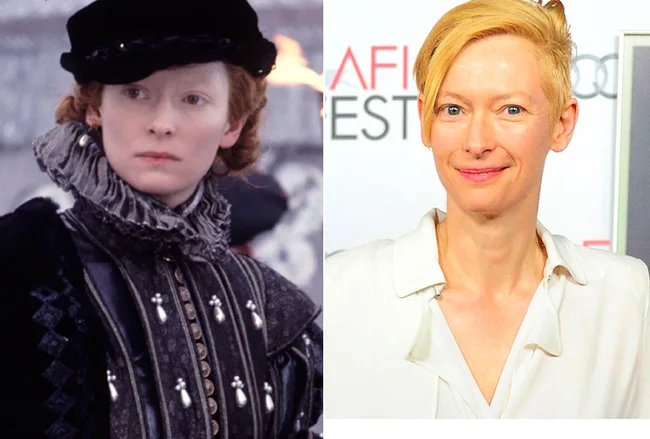

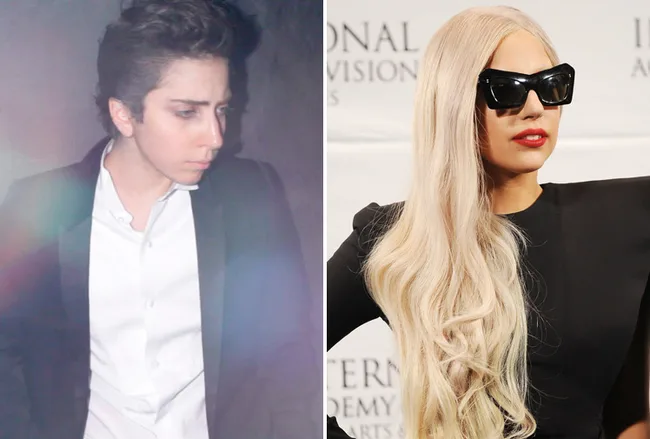


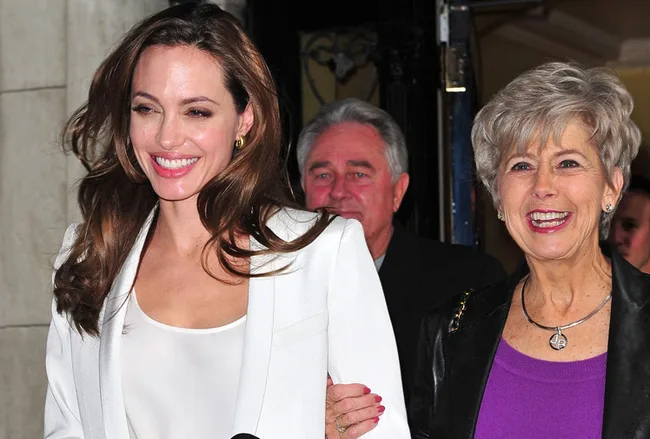

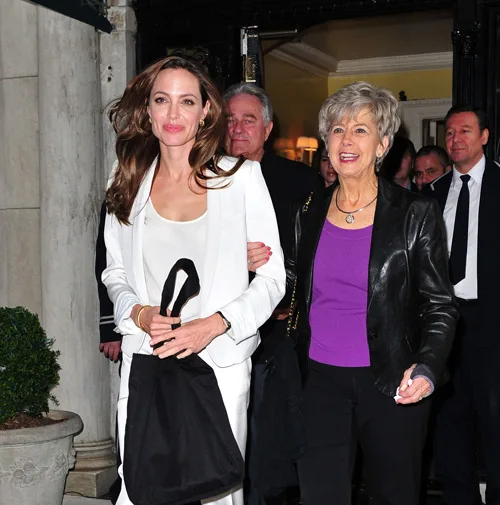









.png?resize=380%2C285)






